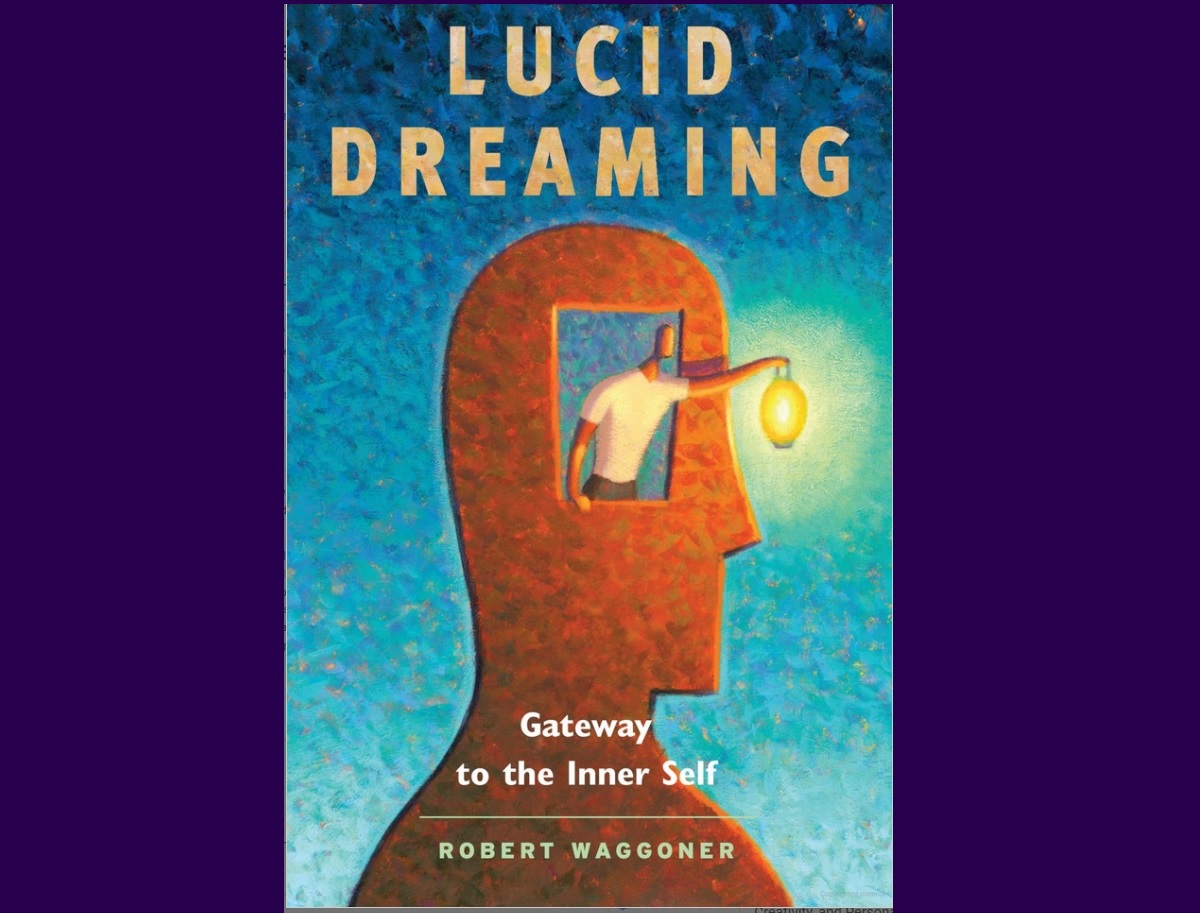
Shared dreams, also known as mutual dreams, are when two or more people share a dream experience at the same time. The degree to which the dream is shared can vary, from having common elements or events that happen in each person’s dream to the entire dream being the same. The experience is known by different names including mutual dreams, shared dreaming, dream meshing, or linking. Shared dreams can happen spontaneously, or can be incubated and planned, and are most common between people who are emotionally close such as couples, siblings, parent-child, or best friends. Twins may be especially prone to shared dreams, though it may happen between complete strangers as well. We may not hear about this as often, since the strangers would have to later meet and compare their dreams. Following are some of the ways in which this fascinating phenomenon may manifest.
POPPING IN
One person is having a dream – already in progress – when another person suddenly pops in, invited or uninvited. The second dreamer (the one making the ‘guest appearance’) may have had the first person strongly on their mind before sleep, and may or may not have any conscious awareness of the dream visitation, let alone remember the encounter the next day upon waking. Similarly, the first person – who was just minding their own dream business – may or may not remember the visit by their guest who popped in.
People often ask when they dream of another person, does it mean that person really came to visit them, or was that person thinking or dreaming of them, too? This is an especially common fascination when the person we dream about is a love interest or former partner with whom we wish to rekindle. While not the norm, nor highly likely, it actually is possible. Often these types of dreams will reflect our feelings about the person in the dream. The dream may outline relationship dynamics, or the person may even represent a part of our own psyche. One distinguishing characteristic that may provide a clue as to the nature of visitor (actual person’s consciousness vs. dream character) is the ‘popping in’ effect, or interrupted quality of a dream that is already happening. This has been a documented phenomenon in psychic dream research, as well as after death visitation dreams, and is one of the markers of a visitation type experience. Intuitive signals are also commonly described as thoughts, feelings, or visions that ‘pop’ into our consciousness in the same manner. One way to verify would be to check in with the other person, which may or may not be possible especially if the other person does not recall any dreams from that night. This still does not rule out the possibility of the occurrence.
MESHING
Meshing refers to the basic level of shared dreams where some of the elements overlap, but the entire dreams of the different people are not exactly the same. The dreams may share common characters, settings, or story lines, which the dreamers may or may not have had actual waking life experience with. Sometimes sharing a common waking experience can contribute to dream meshing. For example, if two people watched the same movie one night and then both dreamed about some of the characters or settings. Or perhaps they shared an experience, such as going to a museum, and both dreamed about some of the things they saw or experienced at the museum but the entire dreams were not exactly the same. Meshing dreams may be incubated by sharing an experience, then talking about it before sleep, and finally intending to dream about the experience.
MEETING
Meeting dreams are where two or more people interact in the dream world and communicate with each other. This experience is less common than meshing dreams, and it does imply telepathic communication between dreamers. I have experienced this personally, and will share one story to illustrate. My sister and I were on a camping trip, sleeping in the same tent near each other. I woke myself up by talking in my sleep…and then my sister answered me. I thought ‘oh how embarrassing, I fell asleep while we were talking!’, but as I gained wakeful consciousness I looked over and she was actually fast asleep. I tried saying something else to her, curious if she would respond again from her sleeping dream state, but this time she did not. I later learned that being in the same brainwave state may be conducive to facilitating these types of experiences. When we have R.E.M. dreams we are predominantly in the alpha brainwave state, and when we wake up beta brain waves usually take over. This theory fits with my experience that we were able to talk in our sleep (both being in alpha brain waves), but when I woke up I was no longer ‘reaching’ her as I was in a different brain wavelength state. The next day I asked her if she remembered any dreams. She said yes, and told me the first half of the dream. When it matched exactly what I had dreamed, I stepped in and finished the dream by telling her the rest of it as I had experienced it. She said ‘how did you know?!” I explained to her how I woke up and we were sleep talking together, so I suspected we were sharing a dream and now it was confirmed.
SHARED & PRECOGNITIVE
In the dream my sister and I shared, there were some people and experiences that actually happened the next day! We both dreamed of meeting brothers, and both of us dreamed a specific name of one of them, and the next day we met these people; even the name was confirmed. This is not a common feature of shared dreams but I mention it to show the layers possible with any type of unusual dream phenomena.
GROUP DREAMING
Group dreams are the same as meshing or meeting dreams, but with more than two people partaking in the experience.
SHARING DREAMS WITH ANIMALS
While I have mentioned that shared dream experiences may happen between two people, or even a group of people, it can also happen between people and their animals! Again, one of the facilitating factors of shared dreams, or any type of telepathic sharing, is a close emotional bond. So it makes sense that people who share a close bond with their animals might also share dreams with them. A woman had a dog who she called Leo because to her he looked like a little Lion. One night she dreamed that she was in her living room, and there was a little lion (about the size of her dog!) sitting on her couch, playing with a toy. As she woke up, her dog was making funny sounds and appeared to be also dreaming. He woke up shortly, and proceeded to venture straight out to the living room, jumped up on the couch, and looked as though he were searching for something in the exact spot the woman saw the little lion playing with his toy. While we cannot ask the dog what he was dreaming about, it seems likely they were dreaming of the same thing, each from their own perspective of human and animal. Another man was away on business and left his dog with a friend. The plan was for the dog to stay in the house with her. But one night he dreamed that his dog was in a barn with farm animals. He called his friend the next day, and she told him that his dog had escaped from the house the night before and spent the night in the barn!
INTENDING TO SHARE A DREAM
While any of the above types of shared dreams can occur spontaneously, they can also be intended. As mentioned regarding meshing dreams, sharing an experience, talking about it before sleep, and intended to share a dream can help facilitate mutual dreaming. If people wish to meet in a dream, it’s a good idea to choose the place where you want to meet before going to sleep. It could be somewhere familiar to you, that you know and love, or somewhere you’ve never been. Once you choose the place, you can also pick a code word that you will say to each other. This is not necessary, just a technique if you should chose to use it. As you are each drifting off to sleep, really focus on the meeting place, the other person, your connection with them, what you’d like the interaction to be like, etc. If you find your mind meandering on to another topic, redirect your focus back to the meeting place, the person, the feelings you wish to have, and so on. When you wake up, have each person record their dream independently of the other, either via a recording device or by writing it down. Then you can verbally compare notes, but since the nature of dreams are slippery and they do fade away from us quickly I recommend recording independently first so as not to influence each other’s recounting, but also we may capture details that we may later forget.
Because of the fact that so many people do not remember their dreams, and even vivid dreamers rarely recall every dream from every night, I believe the types of experiences described in here, as well as many other psi dreaming phenomena, may be occurring a lot higher rate than we imagine.
If you have a shared dream experience, or any dream that you would like to consult with Mimi, visit the consultation page for more info.




